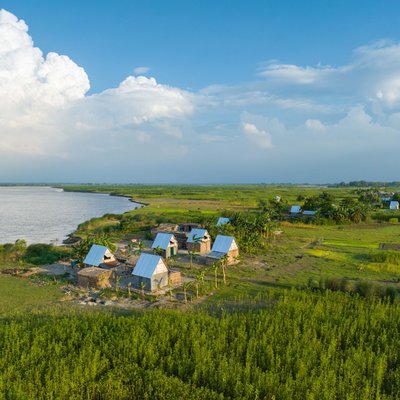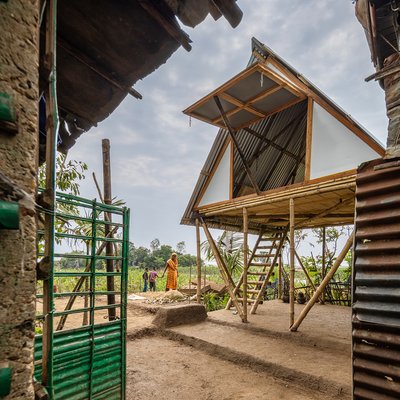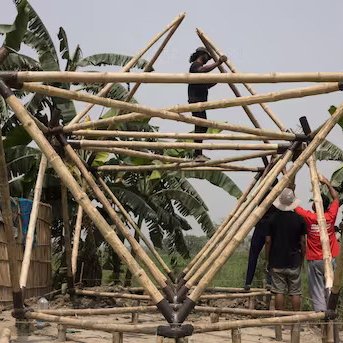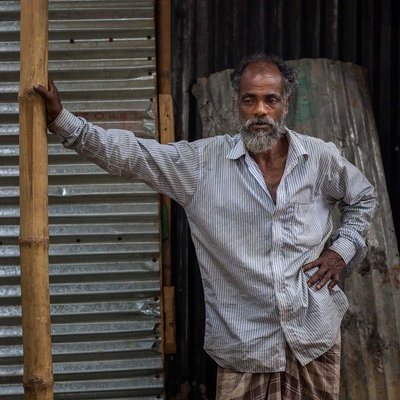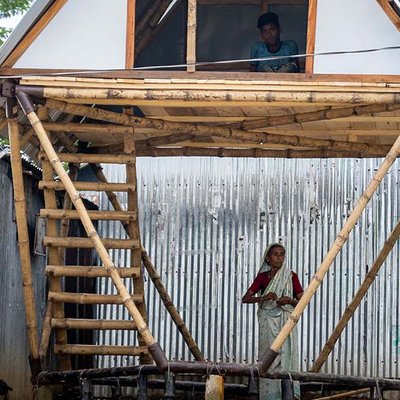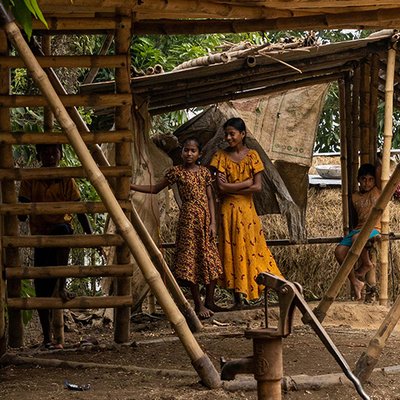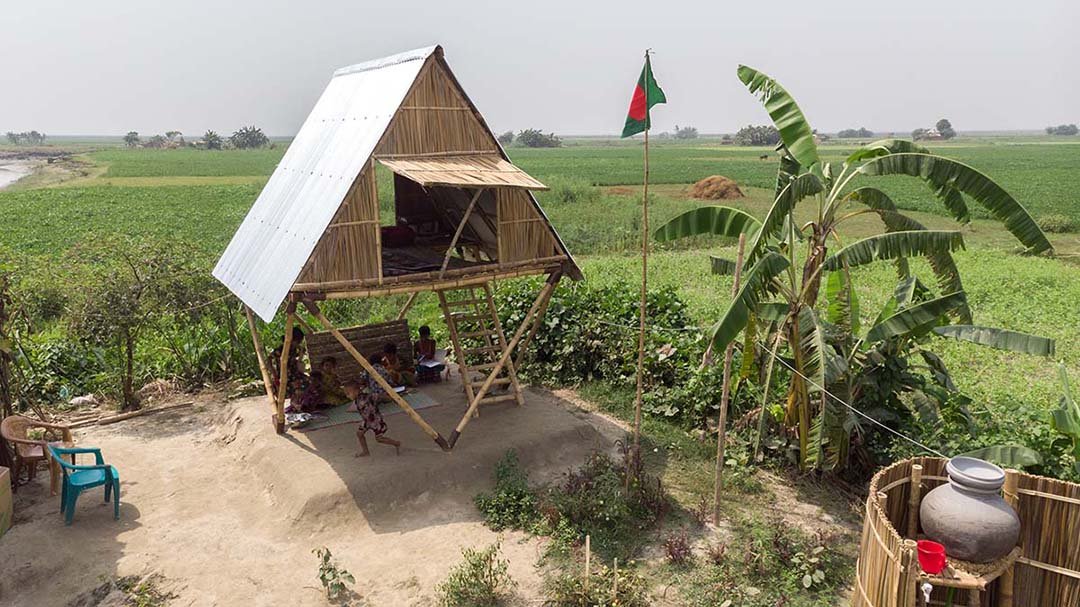
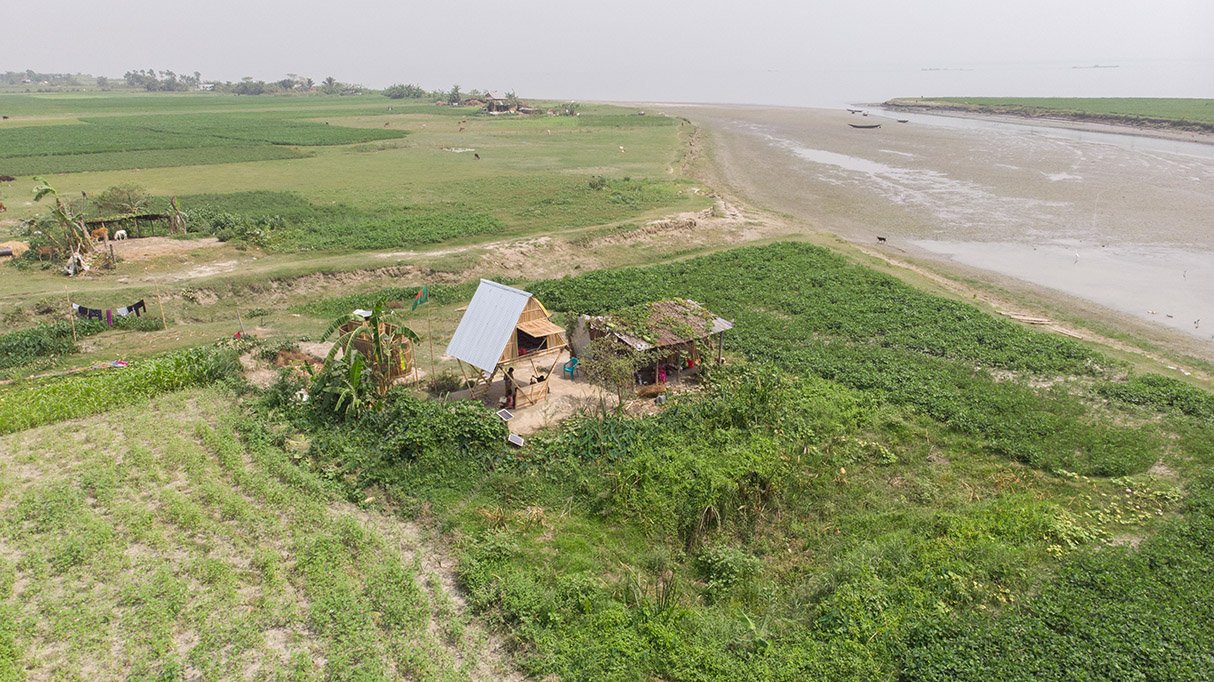
Movable homes for a movable landscape
A friend recently pointed me to the Architect’s Journal Climate Champions Podcast, where I listened to an interview with the Bangladeshi architect Marina Tabassum. A recent recipient of the Soame Prize, her work is directed towards those who would most benefit from good architecture, rather than those most able to pay for glamourous buildings.
In her acceptance speech, she talks about how her experience growing up in a village shaped her values and outlook on her profession. “My father being the only doctor in the neighbourhood, each morning we would wake up to a long line of patients from the neighbouring slum; he would attend to each one of them before setting off to work. In many ways, I seek to repeat that compassion through my architecture.”
For Tabassum, that means moving out of the building site itself, and the pre-occupations of designing a building, and attending to the people. How do they live? What do they need? How can the resulting building honour the specifics of each community and each environment?
Her Dhaka-based practice has taken on some high profile projects in the past, such as museums, embassies and mosques. But the work that caught my eye was her projects in the delta. Land here is a fluid thing. It changes. Land ownership is moot, as rivers move and land is constantly submerging and emerging. The traditional approach to this is to build movable homes – houses that are modular, and can taken apart and relocated as necessary. In her research, Tabassum found houses that were 60 years old, had been moved seven times and were now housing a third generation. So it works – but the homes are quite unwieldy, and beyond the budgets of the landless, especially refugees.
So her practice developed something cheaper – a tiny house assembled from modular pieces, using readily available bamboo. It can be dismantled and moved, and residents can easily learn to do all of that themselves. The pieces can be reconfigured and expanded as needed, making larger houses or buildings for community purposes – see the video below.
These homes cost around £300, and after prototyping, a hundred of them are now being built in various places in the country. In each location, the building is done collaboratively with the community.
As well as serving the most marginalised in society, this is climate-sensitive architecture. Bangladesh is one of the world’s most vulnerable countries, low-lying and easily flooded. Traditional building culture already responds to this risk, so Tabassum’s approach is to improve and refine those methods.
Interestingly, Tabassum is a guest lecturer at Delft University, and facilitates cultural exchanges among architecture students from Bangladesh and the Netherlands. Both are water cultures, but they have different approaches. The Netherlands attempts to control the water, while Bangladesh accommodates it through the use of flood plains and movable buildings. Climate change is challenging those techniques, and both countries are learning from each other. (See water plazas in Dutch cities.)
It strikes me that Tabassum is exactly the kind of architect a changing world needs – and I’ll let her describe that in her own words:
“The depleted resources of the earth need to heal and be replenished. We need a generation of architects who do not indulge in the madness of building, but take part in repair. A generation who can resist the temptation of the visual realm, who know how to stitch together fragmented societies, and who can build bridges and not walls, and who do not aspire to stardom, but connect to the earth.”
Extract from: https://earthbound.report/2022/05/27/movable-homes-for-a-movable-landscape/
More News Like This
